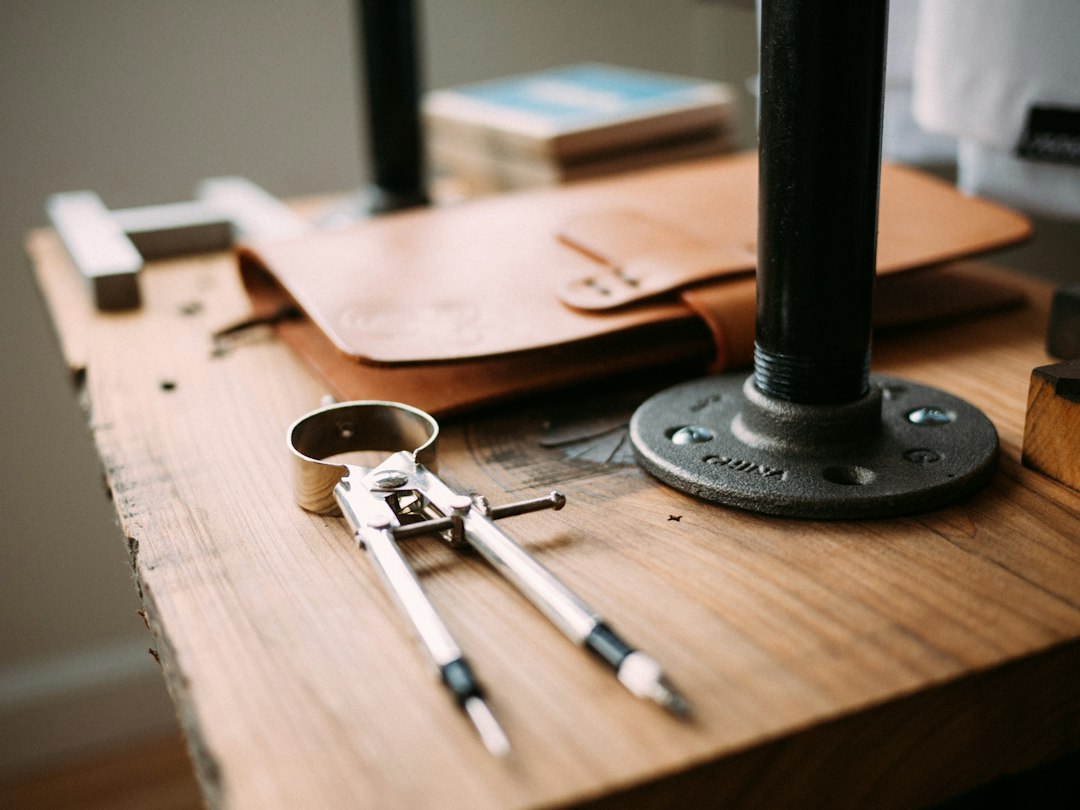The Potential of 3D Printing in Manufacturing and Design
Technology has revolutionized the way we work, live, and create. From smartphones to virtual reality, innovation continues to drive progress in every industry. One such advancement that has gained significant attention in recent years is 3D printing. This groundbreaking technology has the potential to completely transform the fields of manufacturing and design, offering new possibilities and opportunities never seen before.
Also known as additive manufacturing, 3D printing is a process that constructs three-dimensional objects from a digital design file. Using various materials, such as plastic, metal, or even biological matter, a 3D printer builds an object layer by layer until the final product is complete. This process eliminates many of the limitations and inefficiencies of traditional manufacturing methods, offering benefits that have the potential to redefine the way we create and produce items.
The first and most notable advantage of 3D printing is its ability to create complex shapes and intricate designs with ease. Traditional manufacturing techniques often have limitations when it comes to producing complex structures, requiring additional molds, tools, or assembly steps. With 3D printing, these obstacles are eliminated as the printer can construct complex geometries seamlessly. This opens up a world of possibilities for designers and engineers, enabling them to create objects that were once thought to be impossible.
Moreover, 3D printing allows for customization and personalization on a whole new level. In traditional manufacturing, mass production is typically the norm due to the costs involved in customizing each item. However, with 3D printing, each product can be tailored to individual specifications at an affordable price. This has immense implications for industries such as healthcare, where personalized medical devices, prosthetics, and even drugs can be created to meet the unique needs of patients.
Reduced waste and increased sustainability are also significant advantages of 3D printing. Unlike traditional manufacturing, where excess materials are often discarded, 3D printing only uses exactly what is required to build the object. This minimizes waste and reduces the carbon footprint of manufacturing. Furthermore, 3D printing allows for the use of recycled materials, making it an environmentally friendly alternative to traditional manufacturing methods.
Another aspect where 3D printing is making its mark is in prototyping and product development. The ability to quickly and cost-effectively create prototypes allows designers and engineers to test and refine their ideas at a much faster pace. This streamlines the product development process, reducing time to market and enabling companies to be more agile in responding to customer demands. Additionally, as 3D printing becomes more advanced, it has the potential to replace traditional manufacturing methods in the production of small-batch, specialized products.
The potential of 3D printing extends beyond manufacturing industries. In architecture, for example, 3D printed models can provide a more realistic representation of a project before it is built, allowing for better planning and visualization. In the fashion industry, designers are experimenting with 3D printed garments and accessories that push the boundaries of traditional fashion design. The possibilities are endless, and as the technology continues to evolve, we can expect to see even more innovative applications emerge.
However, while the potential of 3D printing is vast, there are still challenges to overcome before it reaches its full potential. The current limitations include the speed of printing, material selection, and the cost of equipment. However, as technology advances and more research is conducted, these challenges will likely be addressed, paving the way for widespread adoption and integration into various industries.
In conclusion, 3D printing has the potential to revolutionize manufacturing and design. From its ability to create intricate and complex shapes to its customization options and reduced waste, 3D printing offers significant advantages over traditional manufacturing methods. As the technology continues to evolve and become more accessible, we can expect to see its influence grow in industries ranging from healthcare to fashion, forever changing the way we create and produce objects. The potential of 3D printing is limitless, and it is an exciting time to witness its continued development and adoption.

